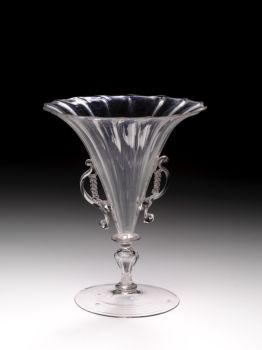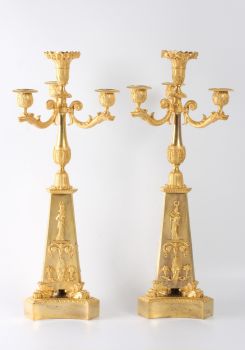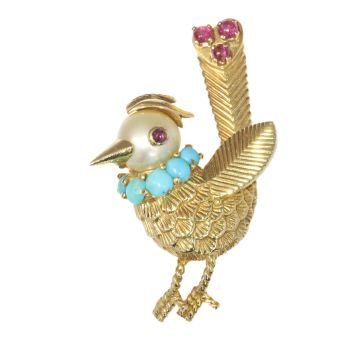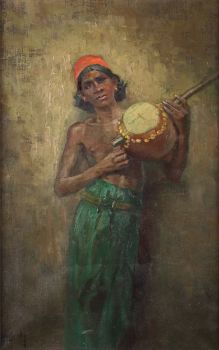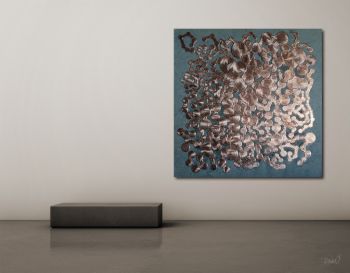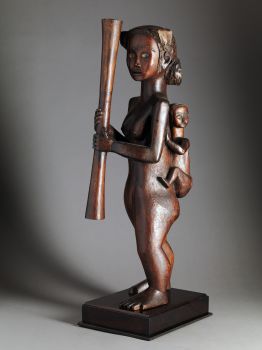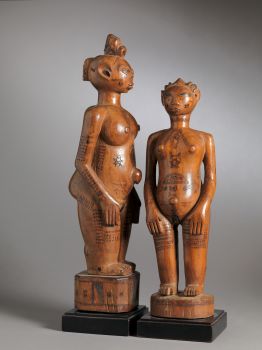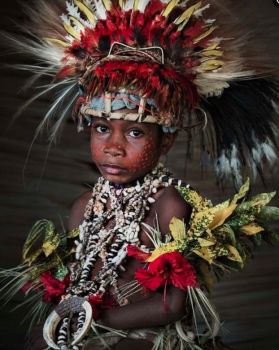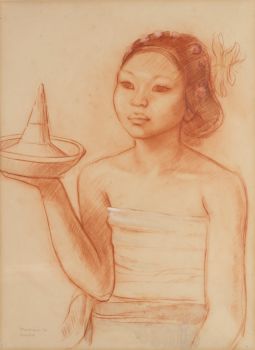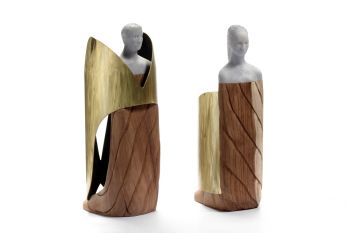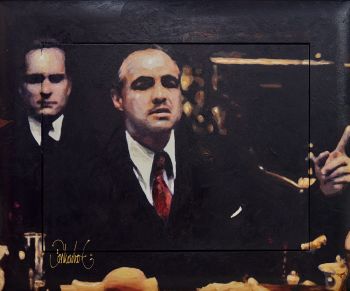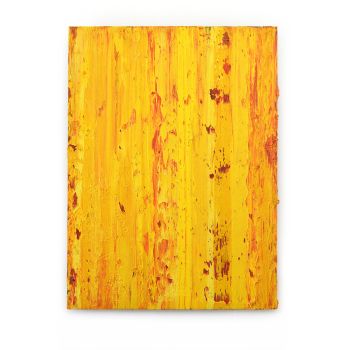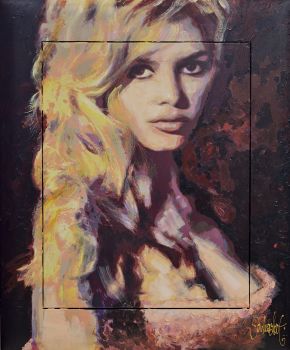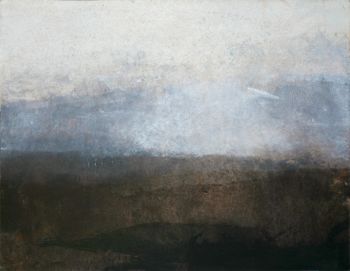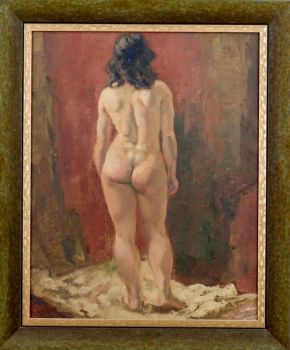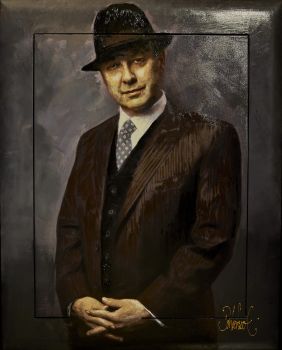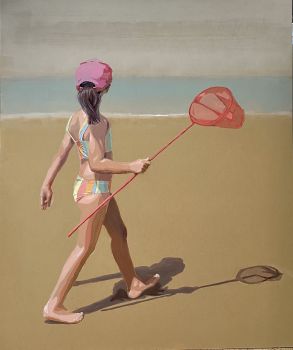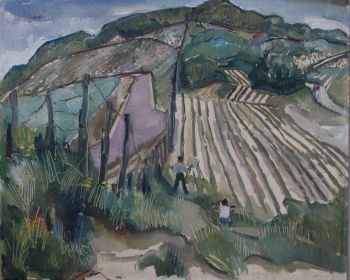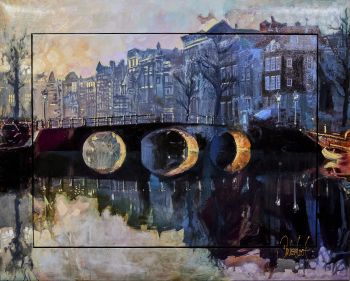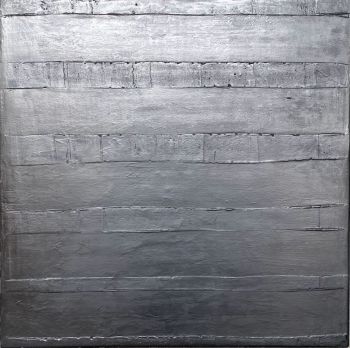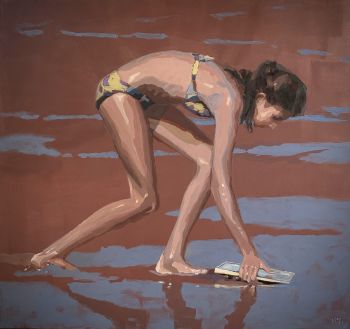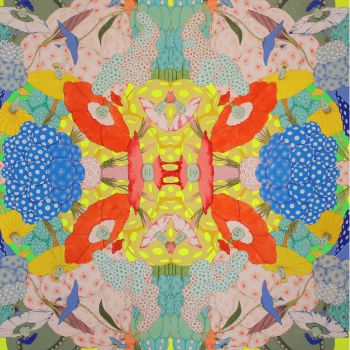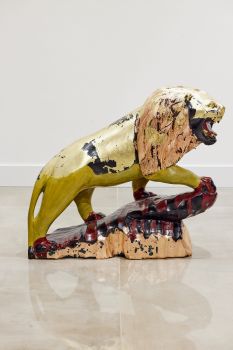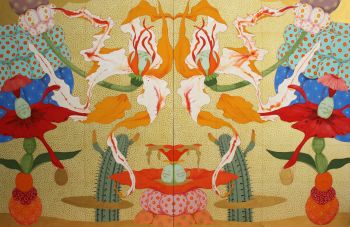A pair of Javanese wooden polychrome painted wall panels, c. 1900 1900
Unbekannter Künstler
Holz
71 ⨯ 49 cm
ConditionGood
€ 1.200
Menken Works of Art
- Über KunstwerkAn exquisite pair of carved wooden polychrome relief hand-painted panels in original frames.
Java (Indonesia), late 19th / early 20th century.
The figure on the left panel of the first picture representing Brajadenta. With text at the bottom: 'R.Soeratinin Aro'.
The figure on the right panel of the first picture representing wayang figure Bratasena, the young Bima. With text at the bottom: 'R.(=Raden) Brontoseno. Soerabaja', followed by a date.
A fine example of Javanese folk art
In some parts of Java, wooden plaques like these were placed on the wall around the entrance of the house, to protect the residents from evil spirits.
Dimensions with frames:
Length 71 cm, width 49,5 cm.
Dimensions without frames:
Length 56 cm, width 34,5 cm
Condition:
In a good old condition with some wear - see pictures.
Provenance:
From the collection of Dr. Hedi Hinzler, Leiden, the Netherlands.
Ref:
Soebadio, Haryati - Pusaka Indonesische kunstschatten, p. 173.
Worldwide registered and insured shipping.
Take a look at our other listings for more Asian art, antiques, design, etc.
Inv. No: A00281
-
The story behind the two Wayang figures:
Bratasena:
This puppet represents the character of the Bima also known as Bratasena (Bhima) in the Hindu epic Mahabharata which is performed in the Javanese wayang kulit, or leather shadow puppet theatre tradition. Bima is one of the five Pandava brothers and is recognised by his large thumbnail, that he used to attack his enemies.
Brajadenta:
Brajadenta is the third son of Prabu Arimbaka (Kala Tremboko), the giant king of the Pringgandani state with Dewi Hadimba.
Brajadenta has a stubborn character, wants to win alone, is brave and wants to always follow his heart. He was very powerful, because of that his older brother, Dewi Arimbi, appointed him as the deputy king to hold the reigns of government for the Pringgandani state as long as Dewi Arimbi accompanied her husband Werkudara to live in Jadipati.
At the end of his story, it is told that because he disagreed with the appointment of Gatotkaca, the son of Dewi Arimbi and Werkudara as king of Pringgandani, Brajadenta, assisted by his three younger brothers, Brajamusti, Brajalamatan and Brajawikalpa, rebelled because he wanted to absolutely control the country of Pringgandani.
Gatotkaca crushed his rebellion with the deaths of Brajalamatan and Brajawikalpa. Brajadenta and Brajamusti managed to escape and take refuge in their nephew Prabu Arimbaji, the son of the late Prabu Arimba who had become king in the country of Gowasiluman in the Tunggarana forest. With the help of Bathari Durga, Brajadenta entered Pringgandini's country again to kill Gatotkaca.
His efforts again failed. Brajadenta finally died in the battle against Gatotkaca.
His spirit incarnated into an enchantment / magic and entered / merged into Gatotkaca's teeth. Since then Gatotkaca has supernatural powers; whoever gets bitten by it will surely perish. - Über Künstler
Es kann vorkommen, dass ein Künstler oder Hersteller unbekannt ist.
Bei einigen Werken ist nicht zu bestimmen, von wem sie hergestellt wurden, oder sie wurden von (einer Gruppe von) Handwerkern hergestellt. Beispiele sind Statuen aus der Antike, Möbel, Spiegel oder Signaturen, die nicht klar oder lesbar sind, aber auch einige Werke sind überhaupt nicht signiert.
Außerdem finden Sie folgende Beschreibung:
•"Zugeschrieben …." Ihrer Meinung nach wohl zumindest teilweise ein Werk des Künstlers
•„Atelier von ….“ oder „Werkstatt von“ Ihrer Meinung nach eine Arbeit, die im Atelier oder in der Werkstatt des Künstlers, möglicherweise unter seiner Aufsicht, ausgeführt wurde
•„Kreis von ….“ Ihrer Meinung nach ein Werk aus der Zeit des Künstlers, das seinen Einfluss zeigt, eng mit dem Künstler verbunden, aber nicht unbedingt sein Schüler
•"Art von …." oder „Anhänger von ….“ Ihrer Meinung nach eine Arbeit, die im Stil des Künstlers ausgeführt wurde, aber nicht unbedingt von einem Schüler; kann zeitgenössisch oder fast zeitgenössisch sein
•„Art von ….“ Ihrer Meinung nach ein Werk im Stil des Künstlers, aber späteren Datums
•"Nach …." Ihrer Meinung nach eine Kopie (jegliches Datums) eines Werks des Künstlers
• „Unterzeichnet …“, „Datiert …“. oder „Beschriftet“ Ihrer Meinung nach wurde das Werk vom Künstler signiert/datiert/beschriftet. Das Hinzufügen eines Fragezeichens weist auf einen Zweifel hin
• „Mit Unterschrift …“, „Mit Datum …“, „Mit Aufschrift ….“ oder „Trägt Unterschrift/Datum/Beschriftung“ ihrer Meinung nach die Unterschrift/Datum/Beschriftung von jemand anderem als dem Künstler hinzugefügt wurde
Sind Sie daran interessiert, dieses Kunstwerk zu kaufen?
Artwork details
Related artworks
Unbekannter Künstler
Venezianisches geflügeltes Glas1550 - 1599
Preis auf AnfragePeter Korf de Gidts - Antiquairs
1 - 4 / 12HUGO VILFRED VON PEDERSEN
Gadesanger fra Singapore (Musician from Singapore)1870 - 1959
Preis auf AnfrageZebregs & Röell - Fine Art - Antiques
1 - 4 / 11Unbekannter Künstler
MATERNITY FIGURE, FANG-MABEA, CAMEROON.PROVENANCE R.CAILLOIS-P.RATTON.1920 - 1930
Preis auf AnfrageSpectandum Gallery
Unbekannter Künstler
Couple Wooden Ancestors Sculptures with Scarifications, Zela People, DRC. 1920 - 1930
Preis auf AnfrageSpectandum Gallery
1 - 3 / 3Theo Meier
Eine balinesische Frau mit Opfergaben1936
Preis auf AnfrageZebregs & Röell - Fine Art - Antiques
Unbekannter Künstler
A Dutch colonial Indonesian betel box with gold mounts1750 - 1800
Preis auf AnfrageZebregs & Röell - Fine Art - Antiques
1 - 4 / 11- 1 - 4 / 24
Unbekannter Künstler
Chinese gilt bronze censer, Xuande mark, 18th century, Qing dynasty18th century
Preis auf AnfrageMenken Works of Art
Unbekannter Künstler
A white jade ‘Lotus Seedpod and Bug’ carving, Qing dynasty, 18th century18th century
Preis auf AnfrageMenken Works of Art
1 - 4 / 9






